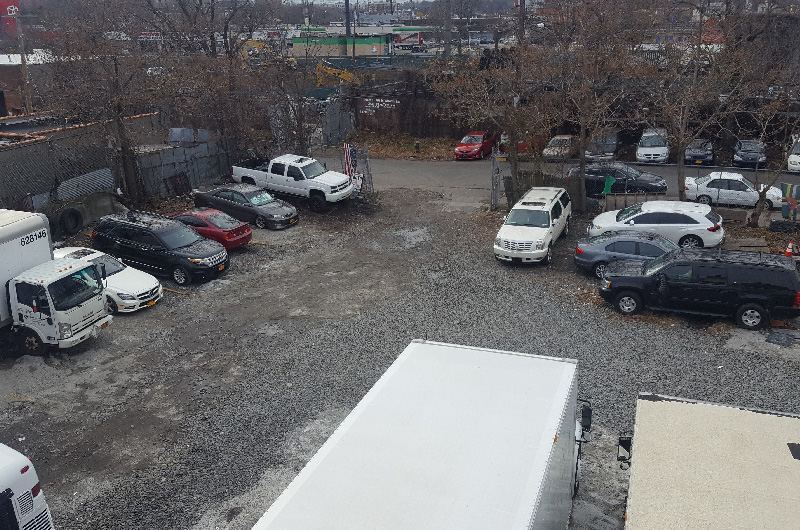
 OER Community311
OER Community311 Search all NYC.gov websites
Search all NYC.gov websites
Case Study 8
Case Study 8
SoBRO Reconsiders Its Strategy For Buying a Contaminated Site

Background:
SoBRO, a local development corporation based in the South Bronx, administers a state and city-funded planning study to identify strategic development sites and develop a plan for the renewal of Eastchester, an industrial stretch of the Bronx with a heavy concentration of auto-dismantling facilities. SoBRO’s goals for the Eastchester area include attracting new business, spurring green industrial development, and reviving maritime businesses along the Hutchinson River waterfront.Strategy:
One of the sites SoBRO has identified is the former Hexagon Laboratories site, which closed in 1986 and stopped paying property taxes. This former pharmaceutical manufacturing plant had a long history of chemical spillage. Designated a Superfund significant environmental threat site by the state Department of Environmental Conservation (DEC) in 1993, the site has been cleared of all structures, and more recently, soil and groundwater have been remediated, which has prompted DEC to propose reclassifying the site as properly closed. Despite being imminently developable, the site remains blighted and dormant, due in large part to a complex history, masked ownership and unpaid property taxes.SoBRO has been investigating the site’s ownership since 2006 as part of a lengthy due diligence process to gain site control and redevelop the site. The first step, a title search, identified a limited liability corporation linked to a defunct corporation. Next, SoBRO approached Bronx Community Board 12 and a neighboring property owner for a more detailed site history and ownership information. With this local knowledge, SoBRO contacted DEC staff members, who provided contact information for a shareholder of the bankrupt corporation.
To determine how best to acquire the site, SoBRO consulted an attorney to assess the liability of the parties legally responsible for the site’s cleanup. SoBRO learned that the site owner would not profit from selling the parcel because the liens for back taxes far exceeded the land’s value. Furthermore, if the owner ever decided to sell the land, DEC would likely file a lawsuit against him for the funds the state expended to remediate the site’s groundwater. With this knowledge, SoBRO developed an alternate method of acquiring the site.


